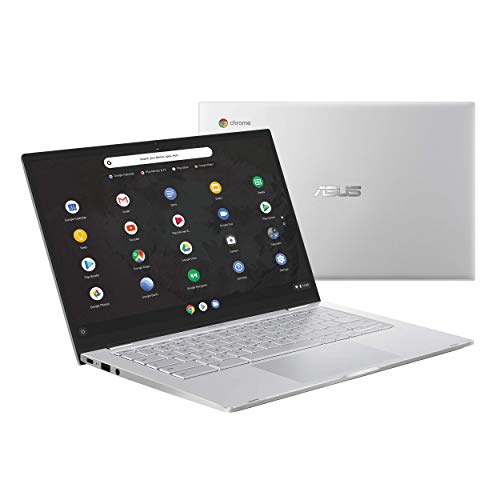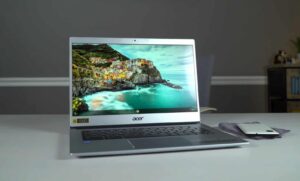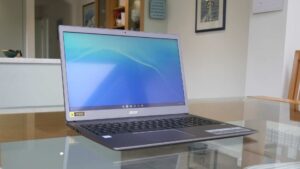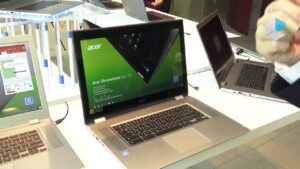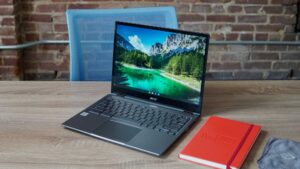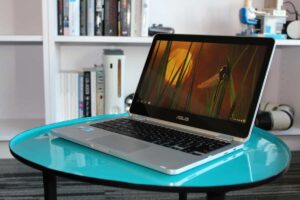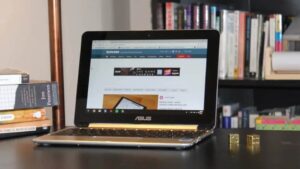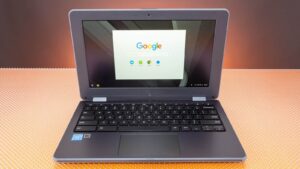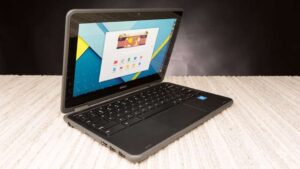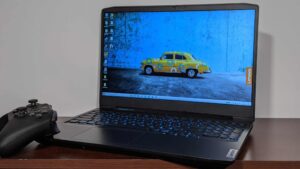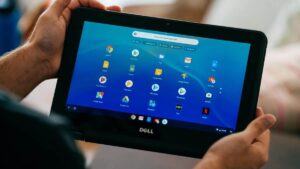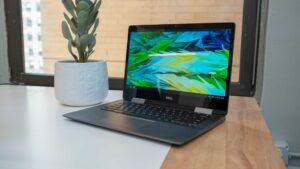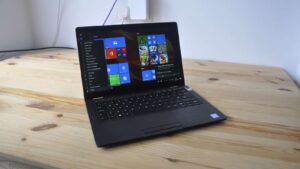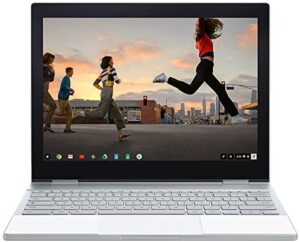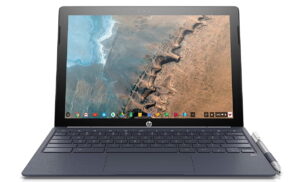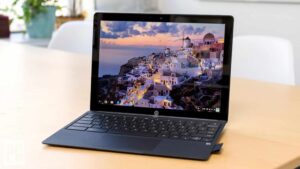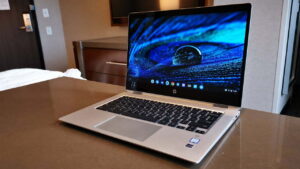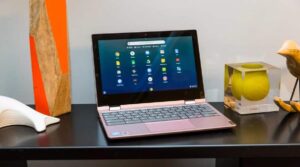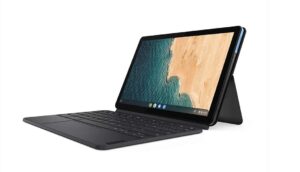The Asus Chromebook C425 is a premium chromebook with a price that nips at the heels of devices such as the Google Pixelbook. To achieve this lower price point, Asus cut several corners; its display is surprisingly mediocre, it employs Core M instead of Core U, parts of its chassis are plastic, and its storage capacity is very limited. These are some of the reasons why it doesn’t quite make the list of the best chromebooks on the market. Even so, it’s good keyboard and solid internal hardware makes it a solid contender for the best chromebook for writers.
Why We Like It – Asus Chromebook C425
The Asus Chromebook C425 is a solid premium chromebook with decent internal hardware, a sharp full HD display, and more than enough RAM for web browsing and running programs. It’s a solid testament to how far chromebooks–and Chrome OS as a whole–have come over the years, proving premium chromebooks have a valid niche in the market.
- 8 GB of RAM
- Processor is decent for the price
- Extremely light for its screen size
- Display is very mediocre
- 64 GB of storage is limiting
Display Type/Resolution
The 14 inch display on the Asus C425 is the single most disappointing part of an otherwise good device. It’s dim, coming in at only around 180 nits, and its colors appear very washed out and lifeless thanks to its dismal 50% NTSC color space coverage (if you prefer a chromebook with anti glare touch screen, take a look at our Asus Chromebook C202Sa Review). Furthermore, it’s non-touch, though that at least doesn’t impact its ability to run Android apps. If display quality matters, this isn’t the machine to buy; springing up to a Google Pixelbook i7 or sacrificing a bit of RAM to step up to an Asus Chromebook Flip C302 would be a smarter choice. The Asus Chromebook Flip C434 is also an option; it sacrifices some RAM, but it has similar internals, better build quality, and a much better touch screen.
Battery Life
At first glance, you’d expect battery life to be poor on the Asus Chromebook C425. 48Whr is a very tiny cell size, which is made worse by the fact the laptop has a 14” display. Thanks to its dim panel and its super low-power Core M CPU, however, battery life is surprisingly great; even with brightness cranked up (which, to be fair, is more or less mandatory) the laptop pulls at least 8 hours on a single charge. This is comparable with some other chromebooks we have reviewed. See our Asus Chromebook C523Na Review if you’d like to compare both models.
Weight
Weight is probably the single most impressive aspect of the Asus Chromebook C425. It’s only 2.7 pounds, coming in roughly half a pound lighter than the Acer Chromebook 514; this is a very impressive feat when you consider the fact the hardware in Asus’s offering is faster, and both are 14” machines.
Durability
Durability is decent on the Asus Chromebook C425, but build quality is very disappointing. For some reason, Asus chose to use plastic for most of the laptop’s chassis; the bezel, bottom of the machine, and most of its chassis is all cheap-feeling plastic, while only the lid is aluminum. While this isn’t the end of the world, it’s disappointing to see on a $600 machine.
Inputs
Port selection is decent on the Asus Chromebook C425. You’re looking at two USB Type C ports, one USB A port, a microSD card slot, and a headphone jack; both USB C ports support video out and charging. Keyboard quality is good, with decent key spacing, good travel, and quiet keystrokes.
Asus Chromebook C425 Wrap Up
The Asus Chromebook C425 is a solid option for the right audience. If you need an incredibly lightweight laptop with a sharp screen, great keyboard, and excellent battery life, it’s a good pick. It’s hard to recommend it overall though thanks to two significant shortcomings. Its plastic construction is very questionable at this price point, and above all else its display quality is unacceptable; this is the kind of screen that would barely pass on a laptop half the price, let alone a $650 machine that’s trying to compete with Windows ultrabooks and Google’s own Pixelbook lineup. If you can get past those shortcomings, its perks make it worth the purchase, but its competition is very, very fierce.
